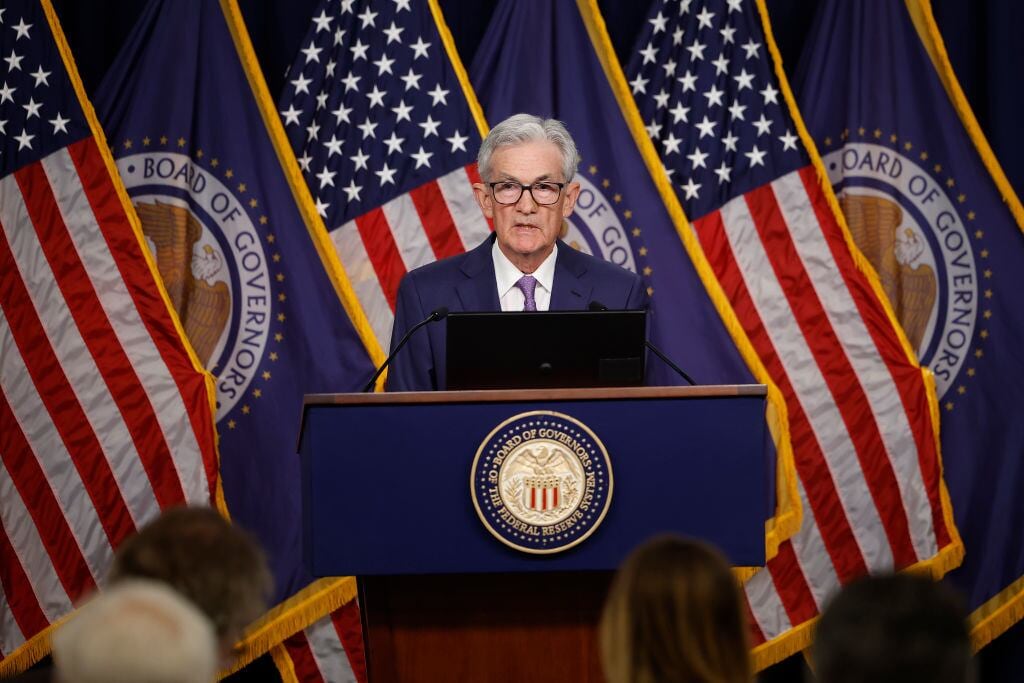Sales of previously occupied U.S. homes rose in November to their fastest pace since March with home shoppers encouraged by a wider selection of properties on the market, even as mortgage rates mostly ticked higher.
Existing home sales rose 4.8% last month, from October, to a seasonally adjusted annual rate of 4.15 million, the National Association of Realtors said Thursday.
Sales accelerated 6.1% compared with November last year, representing the biggest year-over-year gain since June 2021. The latest home sales topped the 4.1 million pace economists were expecting, according to FactSet.
Home prices increased on an annual basis for the 17th consecutive month. The national median sales price rose 4.7% from a year earlier, to $406,100.
Despite increasing in November and October, home sales are still running below last year's pace, when they sank to a nearly 30-year low.
“Looks like we won't match last year in terms of the annual total, so it will be the lowest home sales since 1995,” said Lawrence Yun, the NAR’s chief economist.
The U.S. housing market has been in a sales slump dating back to 2022, when mortgage rates began to climb from pandemic-era lows. A shortage of homes for sale has helped prop up prices, which as of last month are up 50% nationally since 2019.
Mortgage rates have come down this year after the average rate on a 30-year home loan reached a 23-year high of nearly 8% in October 2023, but not nearly enough to make a difference for many would-be homebuyers.
The average rate eased to a two-year low just above 6% in September following the Federal Reserve’s decision to cut its main interest rate for the first time in more than four years. But it has mostly risen since then. It was 6.6% last week, according to mortgage buyer Freddie Mac.
Home sales that closed last month likely reflect contracts signed in September and October, when mortgage rates were more attractive.
Heading into next year, the outlook for mortgage rates remains cloudy. Many economists predict that the average rate on a 30-year mortgage will ease next year, but generally hold above 6%.
Mortgage rates are influenced by several factors, including the moves in the yield on U.S. 10-year Treasury bonds, which lenders use as a guide to price home loans. Bond yields shot up Wednesday after the Fed signaled that it will likely deliver fewer cuts to rates next year than it forecast just a few months ago. While the central bank doesn’t set mortgage rates, its actions and the trajectory of inflation influence the moves in the 10-year Treasury yield.
Home shoppers who could afford to buy in November benefited from a pickup in the homes that are available. There were 1.33 million unsold homes at the end of last month, down 2.9% from October, but up 17.7% from November last year, NAR said.
That translates to a 3.8-month supply at the current sales pace, down from a 4.2-month pace at the end of October last year, but up from 3.5-month pace in November last year. Traditionally, a 5- to 6-month supply is considered a balanced market between buyers and sellers.
“We are seeing sales increase because of this increase in inventory of inventory,” Yun said.
Still, the supply of homes on the market remains about 30% below what it was before the pandemic.
Limited inventory, especially in the more affordable price range of a given market, helps drive prices higher. That’s one reason first-time homebuyers, who don’t have any home equity to put toward their down payment, continue to struggle to afford a home.
They accounted for just 30% of all homes sold last month. That’s up from 27% in October, but down from 31% in November last year. First-time buyers have accounted for 40% of sales historically.
Homebuyers who can afford to sidestep mortgage rates and pay all cash for a home accounted for 25% of sales last month, down from 27% a year earlier.









